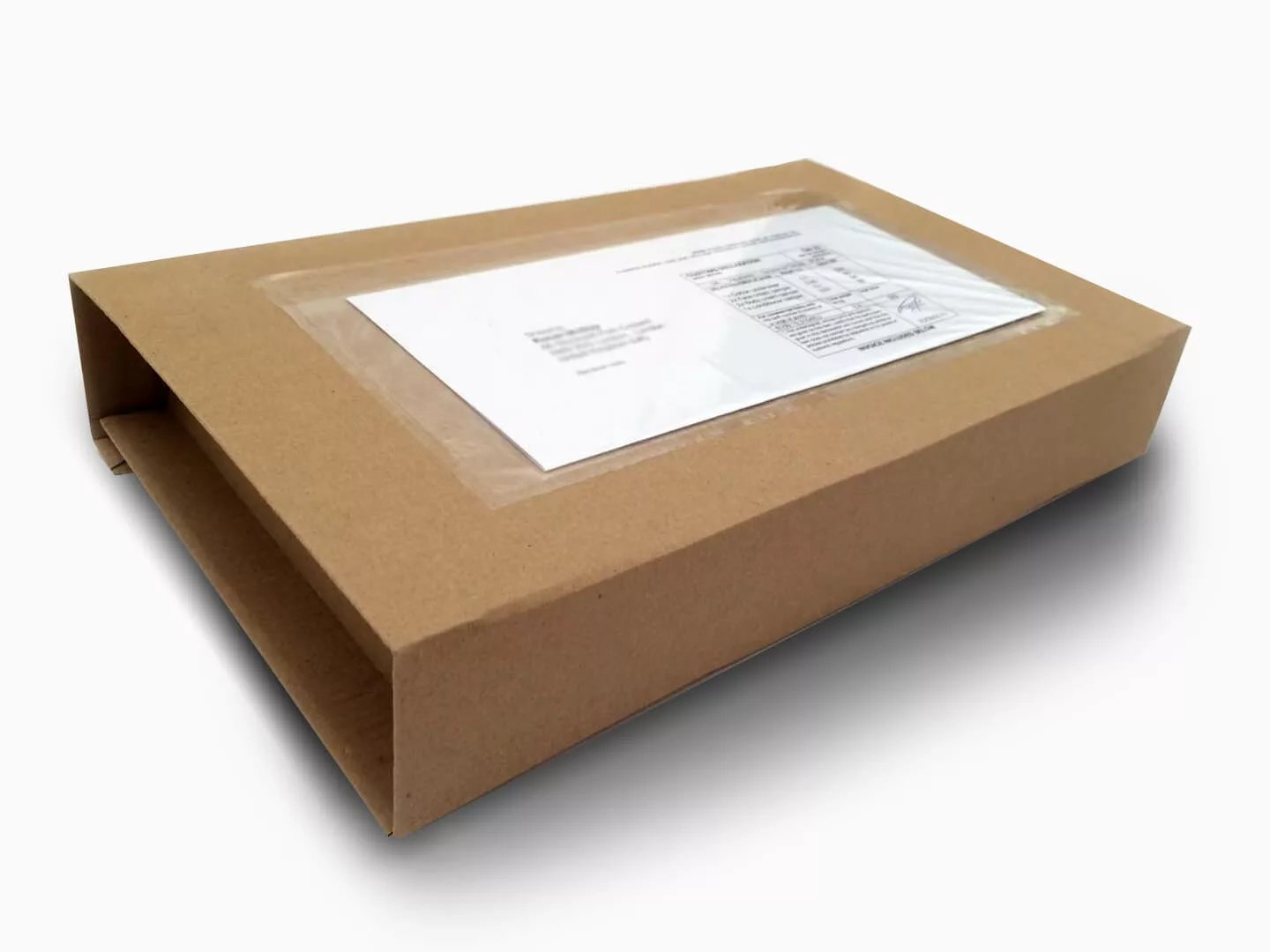How to keep your gums healthy?

Gum disease can lead to tooth loss. Fortunately, a person can take many steps to prevent and even reverse gum disease. These include:
- brushing the teeth properly
- choosing the right toothpaste
- flossing daily or use gum
- taking care when rinsing out the mouth
- using mouthwash
- stopping smoking
This article examines how these step can help keep the gums healthy.
1. Brush the teeth properly
Brushing the teeth properly is key to having a healthy mouth and gums.
- Brush at least twice a day using a soft-bristle toothbrush and fluoride toothpaste.
- Replace the toothbrush every 3 to 4 months, or sooner if the bristles begin to fray.
- Brush the teeth at a 45-degree angle to the gums.
- Move the toothbrush in short strokes.
- Press gently.
- Clean the insides of the front teeth by turning the brush vertically and making several short strokes along each tooth.
2. Choose the right toothpaste
The toothpaste aisle in most stores will contain many varieties of toothpaste, from whitening products to formulas containing baking soda. Here you can find more information how to choose the right toothpaste.
3. Floss daily or use gum
Many people neglect daily flossing, but the dentists recognize this habit as an important part of oral care.
Flossing removes food and plaque from between the teeth and gums. If the food and plaque remain in these areas, this can lead to tartar. It is not always convenient to use floss at a restaurant, especially with friends or on a date. What about gum? Yup, it’s perfect for that. Plus chewing gum after a meal increases the saliva flow. This helps to wash away harmful sugars and food debris, both of which feed bacteria in your mouth.
For this we can recommend you to use this SIMPLY GUM which not only does the job well but looks and tastes fab! If you decide to get our Gay Pack then use the coupon code: SIMPLYGUM and we’ll add amazing gum to your first order for free!
4. Rinse your mouth out with care
Many people rinse their mouth out after brushing their teeth. However, oral hygiene practices should complement the effectiveness of fluoride products, such as toothpaste. When a person washes their mouth out with water after brushing their teeth with fluoride toothpaste, they wash away the fluoride.
Conversely, when a person rinses their mouth out after eating, they may rinse away food and bacteria that can lead to plaque and tartar.
5. Use mouthwash
There are two types of mouthwash: therapeutic and cosmetic. Both are available over the counter.
A therapeutic mouthwash can help:
- prevent gum disease
- reduce the speed at which tartar builds up
- reduce the amount of plaque on the teeth
- remove food particles from the mouth
However, people should not use mouthwash as a replacement for brushing and flossing.
6. Stop smoking
According to the Centers for Disease Control and Prevention (CDC), smoking makes a person more susceptible to gum disease because it weakens the immune system. The CDC recommend quitting smoking immediately to help reduce the risk of developing gum disease. The use of other tobacco products can also increase a person’s risk.



